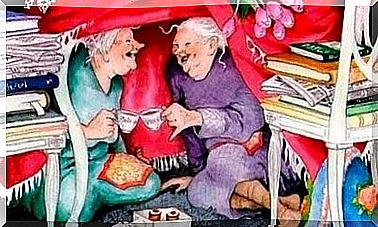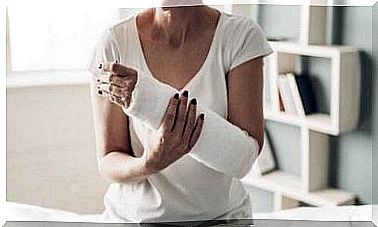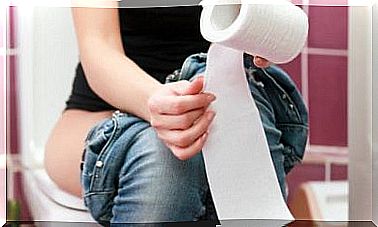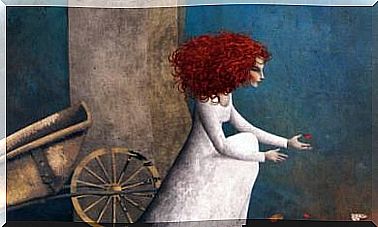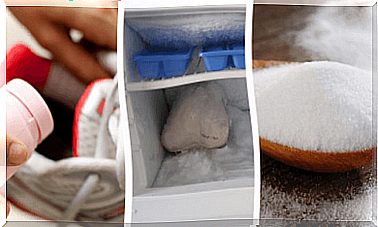Relaxation Techniques For Moments Of Crisis

In recent times, a significant portion of the population is gripped by anxiety and fear related to the Coronavirus emergency. For this reason, in this article we propose some relaxation techniques in order to relieve tension.
Although each individual tends to respond differently to difficult situations, in general there is an increase in stress, insecurity and other emotions that negatively affect the mental health of the individual. In this sense, timely intervention based on certain relaxation techniques is essential . Let’s see some of them.
Relaxation techniques for moments of crisis: 4 alternatives
The United States Centers for Disease Control and Prevention (CDC) warn of the risk for adults and children of being overwhelmed by the emotions associated with the Coronavirus outbreak. This is undoubtedly a stressful situation that can lead to changes in sleep habits, difficulty concentrating and excessive worry.
For many people, in fact, current conditions are a source of panic and can even cause problems other than symptoms of the disease, such as depression and hypertension, among others.
In view of this, it is essential to pay proper attention to your mental health and to practice, when possible, the following relaxation techniques, highly recommended in this period of crisis. Practice them with the whole family!
1. Progressive muscle relaxation
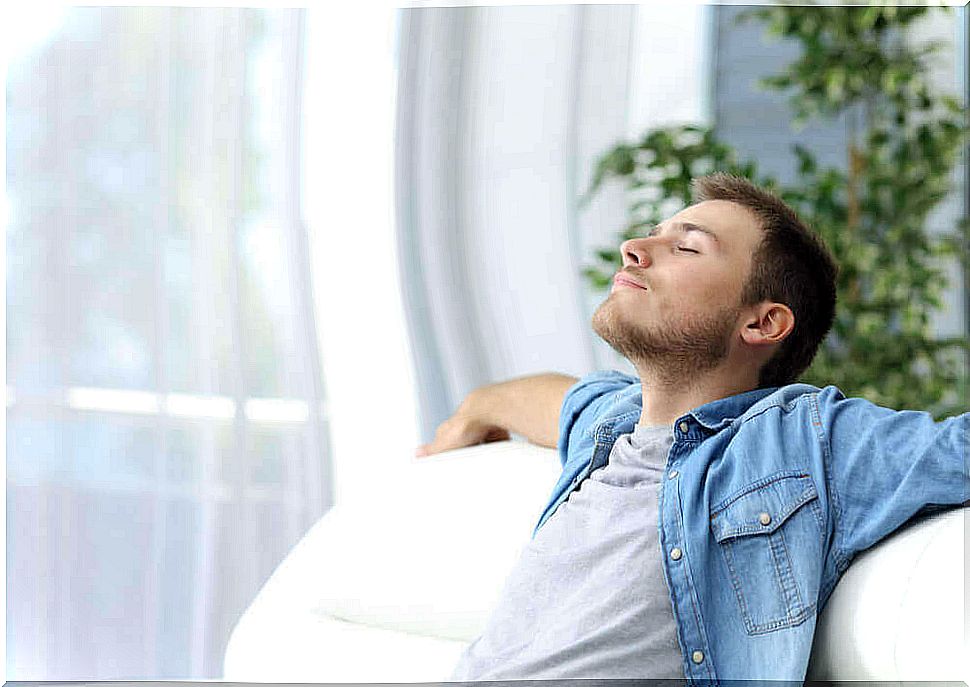
One of the most complete relaxation techniques to be adopted in moments of crisis is progressive muscle relaxation. According to an article published by the Michigan Medicine Health Library , this method helps to calm states of stress and anxiety. In addition to this, it helps to calm some physical symptoms such as muscle tension.
Among other things, it promotes relaxation of the body and mind in case of sleep disorders, thus allowing you to enjoy an effective and restorative rest. We can practice this technique with relaxing sounds in the background or in total silence. Let’s see below the steps to follow.
- First, choose a quiet place in the house, where you can lie on your back and relax comfortably.
- The first step is to contract and relax the muscles from head to toe. It starts with the face, neck and shoulders. The muscles are stretched, being careful not to cause pain. Then hold the position for 4-10 seconds and finally, with a deep, slow breath, relax for 10-20 seconds.
- At this point, we move on to the next muscle group: arms and hands, and the exercise is repeated. The idea is to follow the same dynamic for the legs, back, chest, abdomen and waist.
- It is important to learn to perceive the difference between the sensation of tension in the muscles and the sensation of relaxation of the same.
- Once all muscle groups have been exercised, a 5 to 1 countdown will be performed to return to the present moment.
2. Yoga and pilates
Yoga and Pilates share an important aspect: both disciplines are a combination of physical exercise and breathing, elements that favor the achievement of a state of relaxation. Research published in the Journal of Exercise Rehabilitation confirms the physical and psychological benefits of these two techniques.
They play an important role in moments of crisis such as the present one also because, being physical disciplines, they counteract the effects of a sedentary lifestyle.
Yoga has a variety of styles and levels of intensity. The ideal is to start with simple positions and over time increase the resistance. It is advisable to rely on an instructor to verify the correct execution of the positions, as any incorrect movement can be counterproductive.
Pilates, on the other hand, involves physical and mental training in which movements are combined with breathing and awareness exercises. There are several applications for smartphones or online videos that can be useful in the practice of this sport.
3. Positive visualization

It is quite difficult to remain optimistic in times of crisis. However, there are techniques such as positive visualization, which prove to be helpful in countering negative thoughts. This relaxation technique is a variation of traditional meditation.
A study published in the Journal of Evidence-Based Complementary & Alternative Medicine found that this discipline promotes good mood, reduces fatigue and improves the quality of life in general in patients with multiple sclerosis. It is therefore believed that it can also have similar effects in other difficult conditions.
It consists of visually recreating situations that we would like to experience or remembering happy moments from the past, focusing attention on smells, tactile sensations and sounds present in the imagined scene. Like other forms of meditation, it should be performed in calm and peaceful places, away from distractions.
4. Draw and color the mandalas
Drawing and coloring mandalas is also a relaxation technique, which also lends itself to being an effective pastime in this period of quarantine. In the Hindu and Buddhist traditions, such designs symbolize the universe; they are also considered an excellent tool to enter a state of meditation and awareness.
The word “mandala” can be translated as “sacred circle”. A study published in the Inonu University Journal of the Faculty of Education (INUJFE) confirms its benefits against anxiety. Beyond that, it suggests their role in relieving nervous states.
Are there other relaxation techniques that are useful for times of crisis?
Obviously yes. In addition to those just described, there is a great variety of relaxation techniques useful for restoring emotional balance in times of crisis. Diaphragmatic breathing, mindfulness, mantras and Tai Chi are all interesting examples.
In addition to this, it is always advisable to maintain healthy habits such as eating a balanced diet and exercising. And, whenever possible, spend time with the family and maintain bonds with loved ones who live far away. All of this undoubtedly contributes to mental well-being in the most difficult situations.
